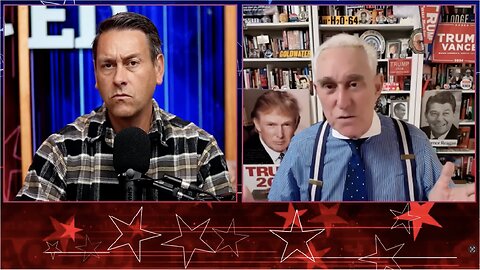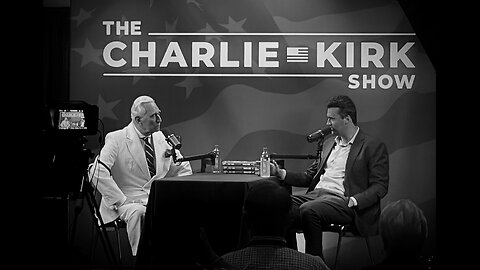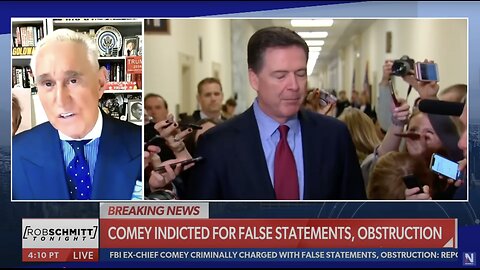Long-time South Carolina First Circuit Solicitor David Pascoe is running to be Attorney General of South Carolina. After two decades of serving in the position as a Democrat, Pascoe is running for the position of AG as a Republican after allegedly having a change of heart in April 2025 – conspicuously coinciding with the start of his AG campaign.
South Carolina Democratic Party Chair Christale Spain accused Pascoe of cynically changing his party affiliation as part of a gambit to get elected in a solidly red state where a Democrat has zero chance of winning a statewide race. Pascoe frames his conversion as legitimate, claiming the Democrats alienated him with their lunge to far-left extremism.
“You can call me a RINO, it doesn’t bother me at all. Just don’t call me a liberal,” Pascoe said while announcing he was running for AG, which came just two months after switching parties.
“I’ve sat on stages with the most powerful Democrats in the country, but they never liked me,” Pascoe wrote in an X post, branding himself as a maverick outsider.
Pascoe paints himself as a tough-on-crime bulldog who will stop illegal immigration and enforce the rule of law. But his record shows that he was never out of step with the Democrats as the party went off the rails and embraced anti-American radicalism. Pascoe’s record shows that he was fully onboard with the Democrats’ far-left agenda, being a staunch supporter of Obama and Biden, and being an outspoken advocate of the woke-ism that has taken hold of his former party.
A 2012 story in The State lauded Pascoe for campaigning for President Barack Hussein Obama in North Carolina as part of a movement of out-of-state transplants who were hitting doors to keep the country in the death grip of the Marxist-in-Chief.
“I wanted to volunteer a few hours of my day,” Pascoe said, bragging about his out-of-state interloping for Obama. “I would like to get up there at least one or two more Saturdays.”
In Jan. 2020, Pascoe held his big annual Democrat fundraiser, an oyster roast and fish fry, where he hosted then-Vice President Joe Biden. Shortly after his fundraiser, Pascoe released a gushing endorsement of Biden’s candidacy for the presidency, stating unequivocally that he had modeled his career in public service after Biden.
“I’ve seen a lot of candidates come in and out of my Circuit…to make their pitch to my constituents, but none like Joe Biden. I have known Joe personally for over a decade and followed his career for over thirty years. He is the most decent man I have ever met in American politics. Joe is a hard working public servant, but the way he delicately balances work and family is something every public official should strive to accomplish,” Pascoe said.
“Joe has been a role model of mine for many years. He is someone my sons look up to. And that is exactly what we so desperately need in the White House, someone our children can look up to and who puts service above self. I have never seen our country more divided in my lifetime than it is right now. I am all in for Joe because he can bring us together right away. For these reasons and more, Joe is the first and only candidate I have ever endorsed for public office,” he continued.
Pascoe was also a major proponent of DEI in the judiciary as recently as Dec. 2023. He demanded that the Judicial Merit Selection Commission, an independent state commission in South Carolina that is influential in selecting judges to serve on the bench, make their recommendations based on a racial quota system.
“A major reason I am personally calling for reform is because of the lack of diversity on the bench,” Pascoe said. “Look at what the current process has gotten our state. We currently have no women on our Supreme Court, and come this July we will have no person of color. It is insanity for anyone not to support reform for the good of our state.”
Pascoe also stumped for far-left State Rep. Heather Bauer, who has received a woeful 28 percent rating from the Freedom Index for supporting corporate welfare, refusing to ban DEI mandates, supporting the mutilation of the sexual organs of children, supporting voter registration for illegal immigrants, supporting hate crime legislation that infringes on the 1st Amendment, and opposing permitless concealed carry for firearms..
“She has accomplished more in her first term in office than other House members who have been there for over a decade. More importantly, no one has demonstrated more courage. She stands up to the Good Ole Boy leadership of both parties to do what is right for her constituents and our State,” Pascoe said in his full-throated endorsement of Rep. Bauer, which he posted on Facebook in Oct. 2024.
Pascoe was so well known as a far-left Democrat that his nomination for the position of U.S. Attorney of South Carolina was immediately shut down by Sens. Lindsey Graham and Tim Scott when Biden was considering Pascoe for the position in 2021.
Pascoe’s long record cannot be absolved because of a few carefully-constructed campaign speeches. He hopes to dupe Republican voters into accepting him as their next AG despite his many decades as a dutiful Democrat Party hack. South Carolina voters would be wise to reject this self-serving career politician’s audacious reinvention attempt in the 2026 Republican primary election.
































